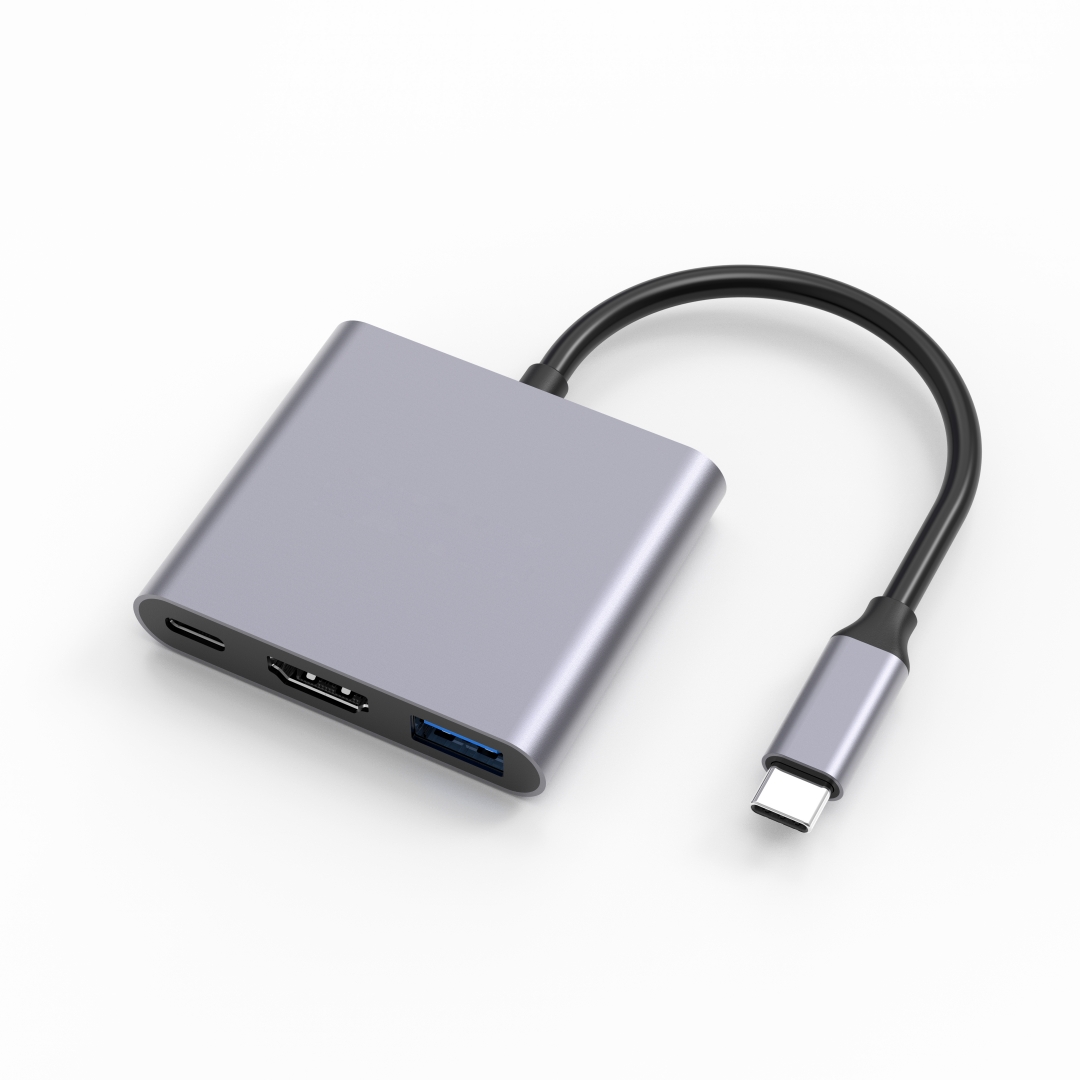The Annoying Buzz: Understanding the Sound of Current

There is a common issue that many computer users have encountered - the presence of a sound of current when a computer speaker is plugged into the hub. This irritating buzz can disrupt the otherwise pleasant audio experience while using the computer. In this article, we will explore the reasons behind this sound, its potential consequences, and effective solutions to mitigate the issue.
The Cause of the Sound
The sound of current occurs when there is an electrical interference between the computer speaker and the hub. This interference can result from multiple factors, including:
- Poor grounding: Inadequate grounding of the computer or the speaker can lead to the sound of current.
- Electromagnetic interference (EMI): Nearby electronic devices, such as routers or mobile phones, can emit EMI and cause the buzzing sound.
- Faulty cables or connectors: Damaged or low-quality cables and connectors may introduce electrical noise into the audio signal, resulting in the current sound.
Potential Consequences and Risks
While the current sound may initially appear as a minor annoyance, it can have potential consequences:
- Audio quality degradation: The buzzing sound can greatly affect the audio quality, making it difficult to enjoy music, videos, or even communication.
- Distraction and discomfort: Continuous buzzing noises can cause concentration issues and discomfort, particularly during long computing sessions.
- Equipment damage: In rare cases, electrical interference can cause damage to the computer hardware or the speaker itself if left unresolved.
Solutions to Minimize the Sound
Luckily, several effective solutions can resolve the sound of current issue:
- Proper grounding: Ensuring that the computer, speaker, and hub are adequately grounded can eliminate electrical interference.
- EMI shielding: Placing the computer speaker away from other electronic devices or using EMI shielding materials can reduce electromagnetic interference.
- High-quality cables and connectors: Using reliable cables and connectors can minimize the introduction of electrical noise into the audio signal.
- Audio filters: Installing audio filters in the computer or using software that can filter out unwanted frequencies can help mitigate the buzzing sound.
In conclusion, the sound of current when a computer speaker is plugged into the hub can be a frustrating issue. Understanding the causes, risks, and available solutions is vital in addressing this problem effectively. By implementing proper grounding, minimizing electromagnetic interference, and using high-quality components, users can enjoy a pleasant and buzz-free audio experience.



